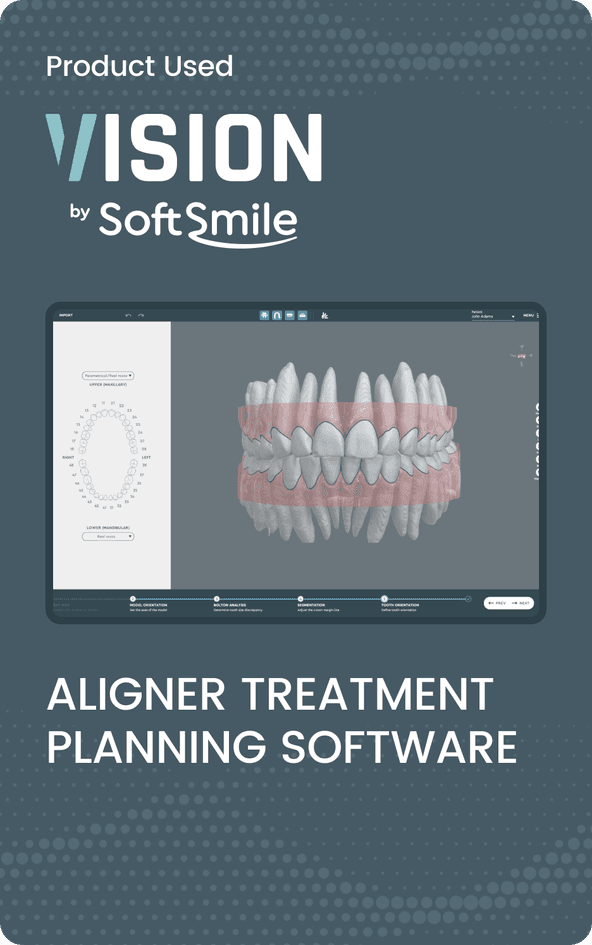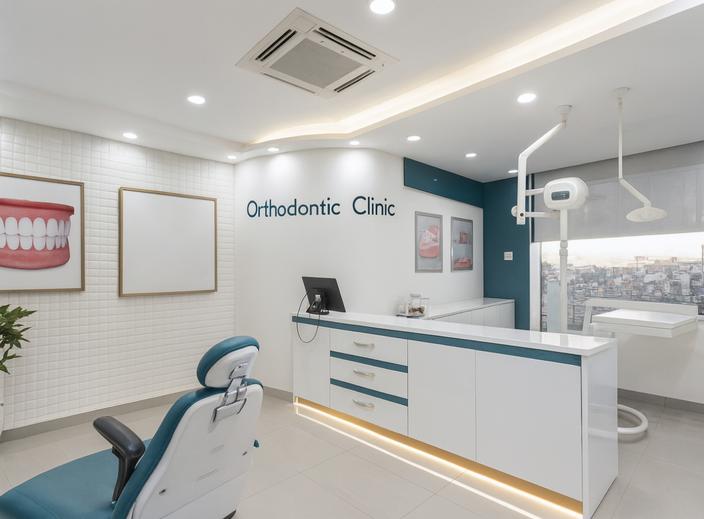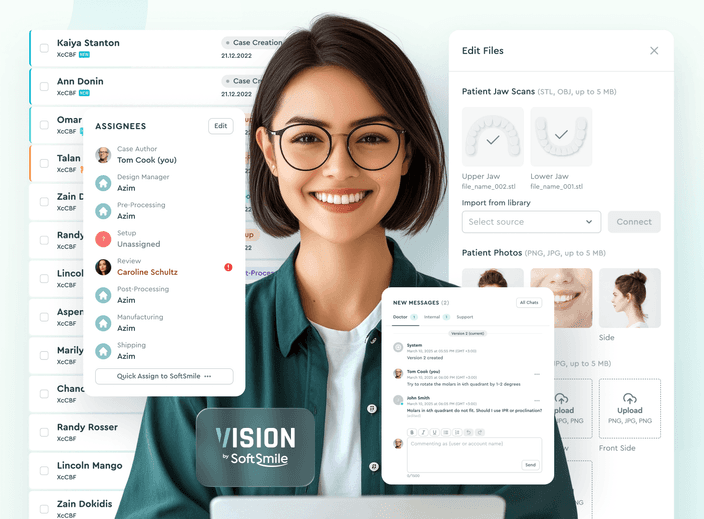July 07, 2025
The Top 15 Dental Industry Trends of 2025: What You Need to Know This Year in Dentistry
Wondering what’s next in dentistry? From the newest tech to the most exciting materials, here are the 15 trends that’ll shape how we work in 2025.

Dr Sugz Maha
General Dentist
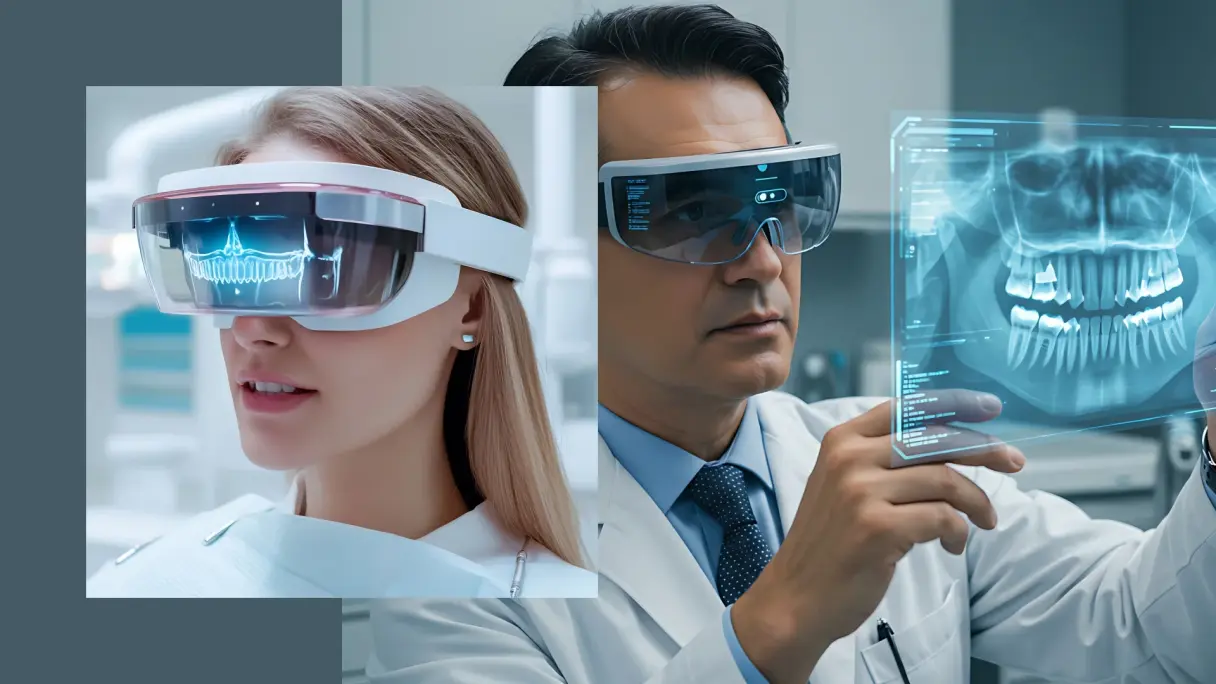
The dental industry is moving faster than ever.
With the latest projections suggesting the US dental market alone could exceed $259.93 billion by 2033 – now is the time to capitalize.
Alongside the advancements in technology, growing patient expectations and workforce demands are quietly redefining how dental clinics operate.
Whether you’re an orthodontist, a dentist (an owner or an associate), or managing a growing practice, staying ahead of these shifts is crucial. It is becoming increasingly clear that many of these trends I will discuss are here to stay.
To be clear, these aren’t vague predictions — they are changes that are actively taking place in clinics, labs, and conversations across the profession.
After reading this article, you’ll know:
-
What today’s patients will refuse to compromise on
-
Which technologies are worth paying attention to (and which you could ignore)
-
How you can adapt to the biggest potential shift in the profession in the last century
-
Why strategy matters just as much as clinical skill
But, before we dive into the trends, we need to understand the needs of the most important stakeholders in dentistry: our patients.
Understanding the Needs of Modern Dental Patients
Dental trends can be driven by a variety of factors: venture capital investments, academic institutions, the economy. However, the primary drivers of trends are our patients.
Over the last decade, their expectations have shifted. Social media has increased awareness of what’s possible within a clinic.
Their tolerance for errors are lower. And, the overall priorities of patients evolved far beyond just a regular six-monthly examination and cleaning.
Here’s what they’re really looking for in 2025:
Accessibility
With hybrid working models, patients need care that fits into their busy schedules. That means flexible hours, easier online booking, and access to late appointments where necessary.
Cost
Affordability remains one of the biggest barriers worldwide. Unfortunately, costs of running a clinic are facing an upward trend.
As a result, patients are looking for transparency in pricing. Many of them are understanding of these costs, and are willing to seek payment options that won’t catch them off guard.
Quality Concerns
With more access to information, patients have become more selective. They expect evidence-based treatment. They will often attend after conducting their own research through social media and AI engines. This means the impetus is placed on clinics to maintain a high standard of care.
Pain and Anxiety
Dental anxiety isn’t new, but gone are the days of accepting it as the norm. Today’s patients expect you to actively address it. From sedation options to your communication style, every step matters when it comes to building trust.
Long Waiting Times
Following on from the earlier point about accessibility, patients are less willing to wait around. You cannot simply pacify them with a few magazines or a short film in the waiting room.
They want efficiency—without feeling rushed—and a clearer sense of how long things will actually take.
Clear Communication
Patients will vote with their feet. If they don’t like a dentist, they will make that abundantly clear. Patients expect clarity at every stage, from diagnosis to billing. They want to feel informed, not confused.
At first glance, this list can seem daunting. But, you can meet these needs with ease – especially once you understand how these trends can work to your advantage too.
There are three groups of trends that you should be aware of: tech, practice, and patient trends. All of these could have massive impact on you as a clinician in the years moving forward.
Dental Tech Trends
Dental technology used to be reserved for a select few. It would be something you hear about at a dental conference, or you might have seen a fringe use case a few years ago.
In 2025, it is essential for staying competitive in a fast-moving climate. New technologies are transforming how we diagnose, plan, and deliver care.
The most crucial point is; patients know about these technologies too. They will see them in action on social media, and begin to expect it when joining a new clinic.
In many cases, their expectations have already been shaped by what they’ve already experienced elsewhere—whether it’s a faster turnaround on indirect work, a clearer explanation, or a more comfortable procedure.
Here are five technology-driven trends that are changing the game in 2025:
1. 3D Printing Technology

3D printing was once a novelty in dentistry. In its early days, it was written off as a premature, inaccurate innovation.
Many dentists felt it was still “a few years away from adoption”. Except, those few years have now flown by.
It’s now one of the most impactful technologies in dental labs and clinics, drastically reducing turnaround times for crowns, bridges, dentures, surgical guides, and more.
A 2023 report from SmarTech Analysis estimated that the global dental 3D printing market will surpass $9.5 billion by 2032. It is most commonly used within orthodontics and prosthodontics; however, use cases are popping up in every specialty as the months progress.
The advantages of 3D printing are not just limited to speed—3D printing is allowing for greater customisation and precision at a lower cost than traditional milling methods.
Clinics that incorporate in-house 3D printers are finding they can control quality more tightly. They are finding patients appreciate a faster service (often same-day service!), and reduce reliance on third-party labs.
2. AI-Powered Treatment Planning

AI is becoming a valuable aid for clinicians in 2025. It is no longer limited to diagnostics — it’s now playing an active role in how we plan treatment. There’s a big reason why it’s one of the hottest dental trends this year.
Platforms using artificial intelligence can now analyse patient data, radiographs, and scans to recommend treatment plans. Integrations between software and scanners are rapidly improving.
You can combine multiple tools to flag potential issues, and optimise workflows. One example: some orthodontic AI systems such as SoftSmile can simulate tooth movement in seconds, helping both patients and clinicians visualise outcomes before treatment even begins.
However, it’s important to understand that AI cannot replace clinical judgment. Nor should it ever aim to do so.
AI allows clinicians to make more informed decisions, faster—and with greater accuracy. With growing demand for dentistry globally, clinicians will be required to see a higher number of patients in a shorter amount of time.
AI tools enable you to do this without compromising on your standard of care.
3. Teledentistry

Since the pandemic, teledentistry has matured into a legitimate tool for triage, follow-ups and consultations. In 2024, the ADA reported that 1 in 5 dental patients had used some form of virtual consultation, and that number is climbing.
It is increasingly convenient for patients to address minor issues through a video or telephone call. In fact, many orthodontists are using remote monitoring software to complement teledentistry solutions to reduce the number of in-person reviews.
There are advantages for both parties involved. For patients, it’s about convenience and access. For practices, it’s a way to increase efficiency, and optimise chair time.
It is particularly important for domiciliary patients, or patients with limited mobility to access dental care.
And as licensure and insurance barriers continue to adapt, more clinics are integrating teledentistry into their long-term patient experience strategy.
4. Laser Dentistry

Laser technology isn’t new, but it’s developing into a mature technology that is trending in 2025.
More general practices are investing in soft tissue and hard tissue lasers as a way to offer less invasive procedures with faster healing times. It is particularly useful in cosmetic cases, where soft tissue surgery needs to incur less inflammation in visible areas.
Even with routine procedures such as cavity preparation, lasers can reduce bleeding at the gingival margin, and often eliminate the need for anaesthesia in smaller procedures.
This is a massive draw for new patients who seek more pain-free alternatives, and don’t want to undergo sedation.
The barrier to entry has dropped too. Devices are more affordable, and training is more accessible than ever. For many practices, adopting laser technology is a no-brainer for providing optimal care.
5. Customized Clear Aligners, Prosthetics and Implants
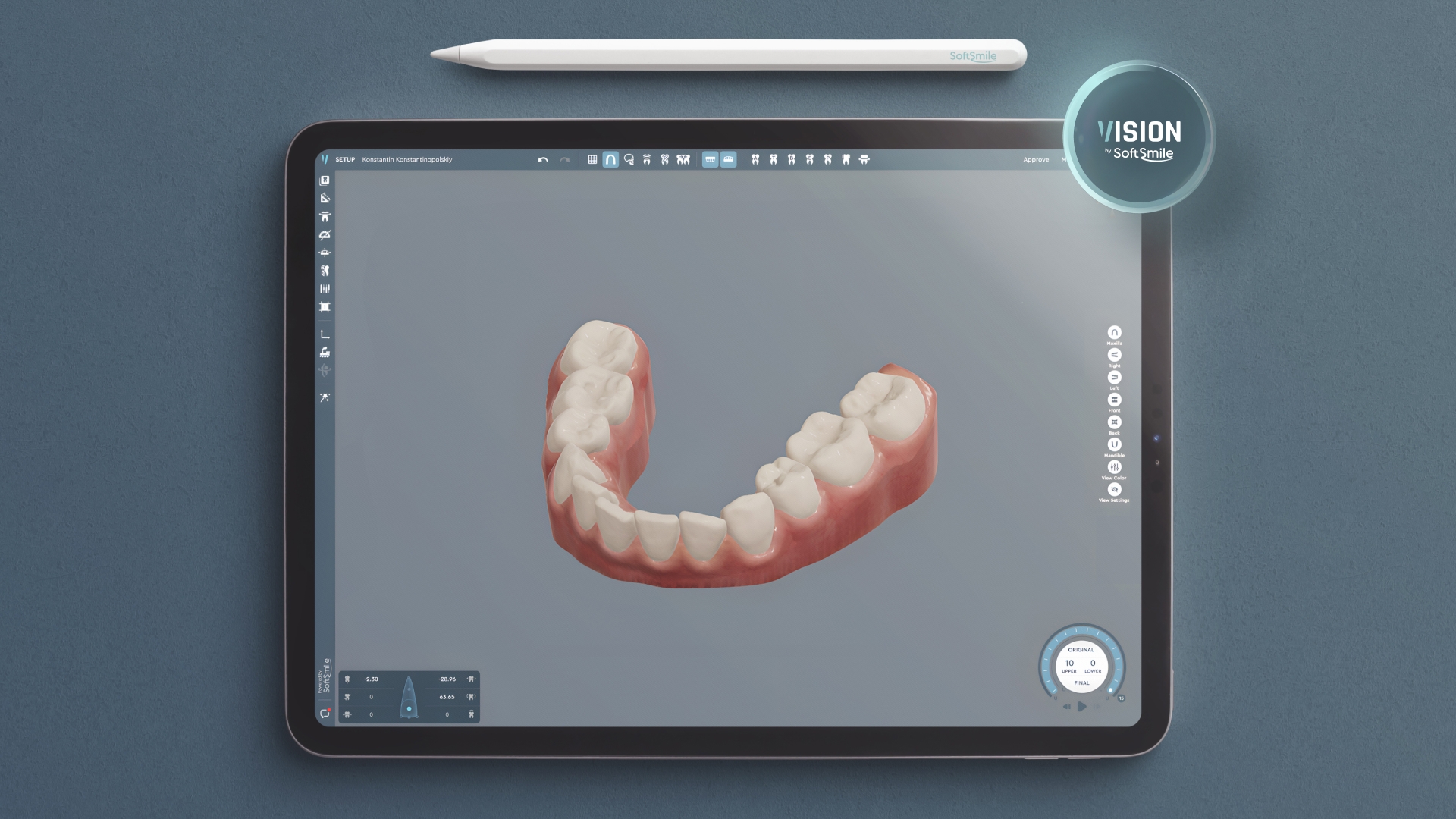
Personalisation is almost becoming a buzzword in dentistry. And, clear aligner technology is leading the way.
Clinics can now offer fully custom aligner systems tailored to each patient’s anatomy, treatment goals, and preferences. They are less reliant on third-party brands, dictating the patterns of movement. This has ultimately improved the experience for both clinicians and patients – with less refinements, more predictable outcomes, and cheaper treatment.
However, this trend doesn’t stop at orthodontics. Prosthetics, surgical guides, and implant abutments are now routinely customised by the clinicians.
What used to require third-party manufacturers and long wait times can now be delivered in-house or through advanced cloud-based platforms. This is improving access to many patients – which can only be a net positive for dentistry as a a whole.
In 2025, the idea of offering generic treatment modalities are out of the question. The more personalised your offering, the more attractive it is.
Dental Patient Trends
The patient journey is integral to the growth of a dental clinic.
Many doctors make the mistake of restricting their perception of the patient journey to the clinical aspect. But in 2025, the benchmark of a good patient experience is only escalating further.
Engagement is no longer just about sending appointment reminders or a quick post-op check-in. It’s about building long-term trust. It’s about providing simple communication that patients can refer back to.
Here are six trends that reflect how clinics are stepping up their game.
1. Digital Patient Engagement

Patients expect to interact with healthcare providers the same way they do with banks or airlines—digitally, and on their own terms.
Dental clinics are finally catching up to this expectation. The traditional model of ringing a busy phone line to queue up for an appointment is outdated.
Automated reminders and text updates are quickly becoming the norm for many clinics.
What’s interesting is how much this affects perception.
A recent study by Accenture showed that 70% of patients say a provider’s digital capabilities influence their loyalty. This isn’t simply limited to large DSOs—small clinics are increasingly using digital tools to create smoother onboarding, fewer phone calls, and more streamlined follow-ups.
The technology is more accessible than ever – and many of the newer practice management software are integrating this within their back end.
Clinics that embrace this are seeing fewer no-shows, better compliance, and higher satisfaction scores—all without needing to grow their admin teams.
2. Personalized Treatment Plans

Patients hate feeling pushed into treatment. Ultimately, they want options that make sense for them.
That’s where personalised treatment planning has made a difference.
Practices can now use a combination of AI diagnostic software, and chairside communication tools such as Chairsyde and Diagnocat to communicate their treatment plans. Patients feel seen. And when patients feel seen, they’re far more likely to say yes to treatment.
You don’t need to reinvent your entire workflow to do this. Even subtle shifts—like presenting multiple pathways with pros and cons, or filming a short video—can create a deeper sense of involvement.
In a world where comparison shopping is the norm, personalization is one of the strongest differentiators a clinic can offer.
3. Patient Support Chatbots

No one likes waiting on hold. And in 2025, they shouldn’t have to.
AI-powered chatbots can prevent you losing out on leads – regardless of the time of day. Many of them can be trusted to handle the basics: FAQs, appointment requests, pre-screening, and even insurance queries.
Used properly, chatbots don’t replace human contact. Instead, they can act more like a filter for more intricate enquiries. This frees up capacity for your front desk to focus on building patient rapport, and addressing bigger concerns.
The real power here is triage. Many systems can now escalate complex queries to a live team member while handling everything else automatically. It’s a smoother experience for everyone involved, and it’s especially useful after hours when traditional support isn’t available.
4. Use of AR and VR (to Reduce Anxiety)
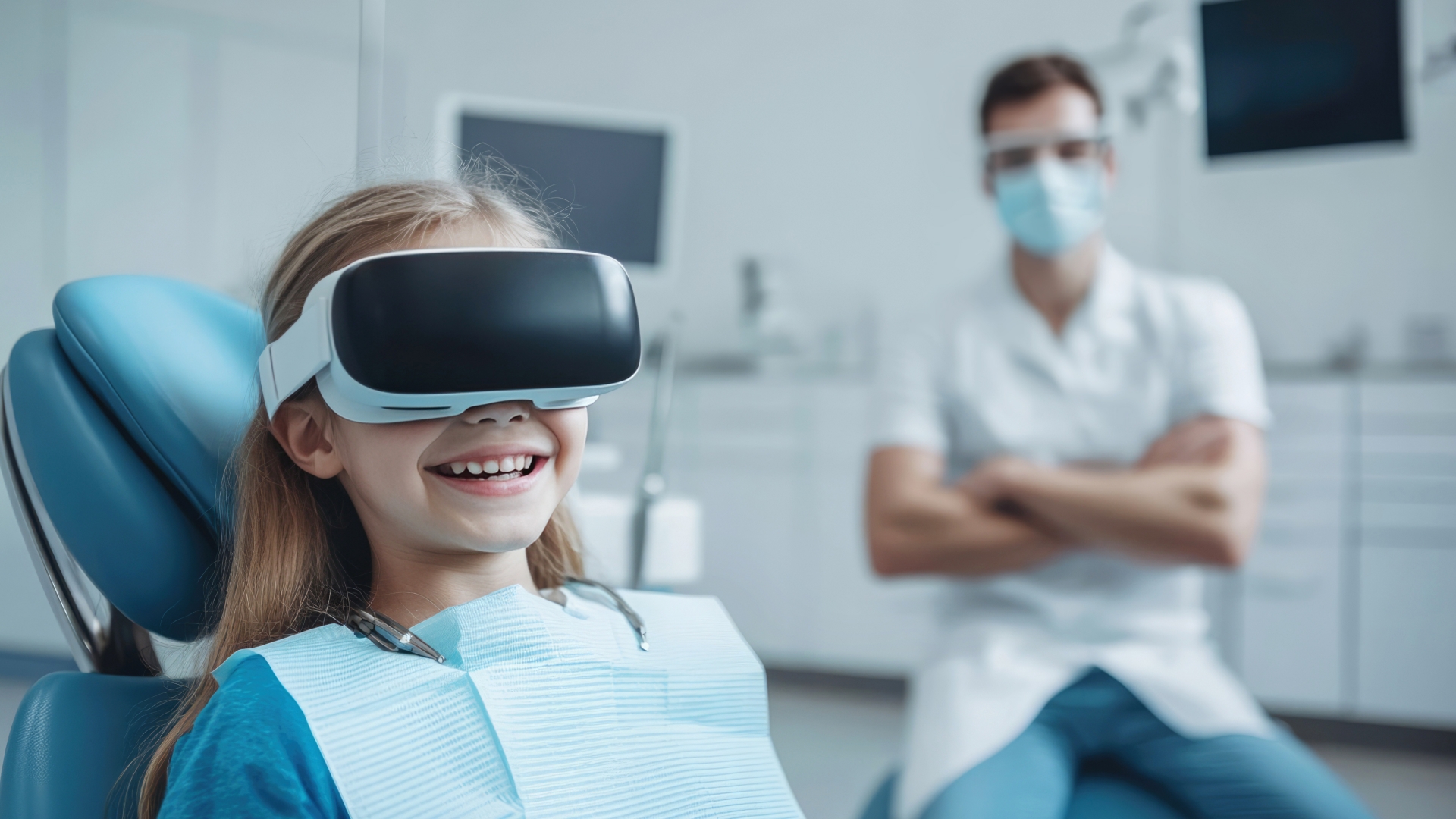
Dental anxiety is one of the most common barriers to treatment—and we’re finally getting better at addressing it.
In 2025, clinics are turning to augmented and virtual reality to help patients feel more in control. VR headsets can now immerse patients in calming environments during procedures. This is currently being tested within a number of pediatric dental clinics across the US, whereby clinicians can project animated films or visual cues to calm patients.
On the other hand, AR tools are also being used to visually explain treatment outcomes.
For example, some orthodontic practices use AR to project a simulation of a patient’s future smile. It is far easier for patients to visualise their desired result when it is superimposed on their own face!
These tools are no longer experimental. The cost of VR headsets are beginning to drop as more competitors enter the market. They're becoming part of standard anxiety management, especially among younger patients who are already used to immersive tech.
5. Patient Retention and Loyalty Programs

Attracting new patients is expensive. The cost of paid ads are rising. The effectiveness of social media is waning.
This is why many clinics are pivoting their focus onto patient retention. All things considered, it is more cost-effective.
That’s why 2025 has seen a rise in loyalty programs that reward long-term engagement—not just treatment completion.
Think beyond the traditional “refer a friend” model. Practices are now offering exclusive member benefits, annual care packages, discounts on cosmetic treatments, or priority booking for routine care. The goal is to make patients feel like part of something—not just a number in the system.
And it works. Clinics that run structured retention programs often report increases for annual examination attendance, especially among fee-for-service patients.
When patients feel appreciated, they stay. And when they stay, they refer.
6. Sustainable Dental Products

Sustainability has moved from niche concern to mainstream expectation.
Patients are asking more questions about where their products come from, and how they’re disposed of. The onus is now on the clinician to ensure they are sourcing their products from sustainable sources.
Biodegradable toothbrushes, recyclable aligner packaging, refillable oral care kits — these are no longer fringe ideas. They’re becoming standard in forward-thinking practices. Even things like digital scanners (vs traditional PVS) are seen as eco-friendlier alternatives beyond the obvious clinical advantages.
For younger patients especially, sustainability is often tied directly to brand loyalty.
By aligning your practice with environmentally responsible choices, you're not only helping the planet. You’re also appealing to a patient base that values conscious decision-making.
These trends reflect a wider shift happening in the dental world. It is no longer an authoritative profession, whereby the dentist dictates the entire patient journey.
It’s no longer just about clinical outcomes—it’s about how patients feel throughout their journey. And in 2025, that experience is largely shaped by how well your practice listens, adapts, and communicates.
Dental Workforce and Practices Trends
Technology isn’t the only thing changing in dentistry.
Behind the scenes, structural shifts are reshaping how practices operate. The ownership models are changing from DSOs to smaller corporates. Independent practices are seeking more efficiency to free up chair time.
From workforce challenges to new business models, clinics are navigating more complexity than ever. Those who adapt quickly are reaping the rewards.
Here are four trends redefining the business of dentistry in 2025:
1. Addressing Staffing Shortages at Dental Practices

Workforce shortages remain one of the most pressing challenges across dentistry worldwide.
Recruitment is increasingly competitive. Hygienists, dental assistants and treatment coordinators are still in high demand. Amongst all of those professionals, dentists are still in significant demand.
In 2024, the ADA reported that more than 35% of dental practices were actively hiring, yet struggling to fill roles. The reasons are suspected to be multifactorial: burnout, early retirement post-COVID, shifting generational expectations, and limited training pipelines.
In many sectors, the part-time or hybrid model is becoming popularised. Obviously, dentistry doesn’t cater to the hybrid model; however, workers are increasingly favouring part-time work to foster a better work-life balance.
In response, clinics are rethinking everything from compensation packages to culture.
Many are offering upskilling opportunities (by way of CPD/CE courses or postgraduate training), flexible scheduling, and clear growth pathways to retain talent.
Others are investing in automation and AI to reduce pressure on overstretched staff.
The key is to implement these changes with minimal impact on the patient experience.
The last thing you want is to be more efficient, but ultimately less profitable in the long term.
2. The Rise of Dental Support Organizations

Dental Support Organizations (DSOs) continue to reshape how practices grow and survive.
These groups provide non-clinical support to affiliated practices, covering everything from HR and payroll to marketing, compliance, and procurement. For clinicians, this can allow more focus on what they enjoy through their clinical role.
In 2025, DSOs aren’t just expanding – they’re being forced to evolve.
Smaller, specialty-specific DSOs are emerging alongside the big players. Offering niche services is proving to be a profitable model, versus the traditional large group practices.
Some even allow partial autonomy, giving owners more flexibility while still accessing group-level infrastructure.
For new grads, DSOs can offer a soft landing with mentorship and reduced overhead risk. For established owners, they’re a pathway to scale without selling out completely.
This model isn’t for everyone—but for many, it’s becoming hard to ignore.
3. Digitalizing Workflow with Practice Management Software
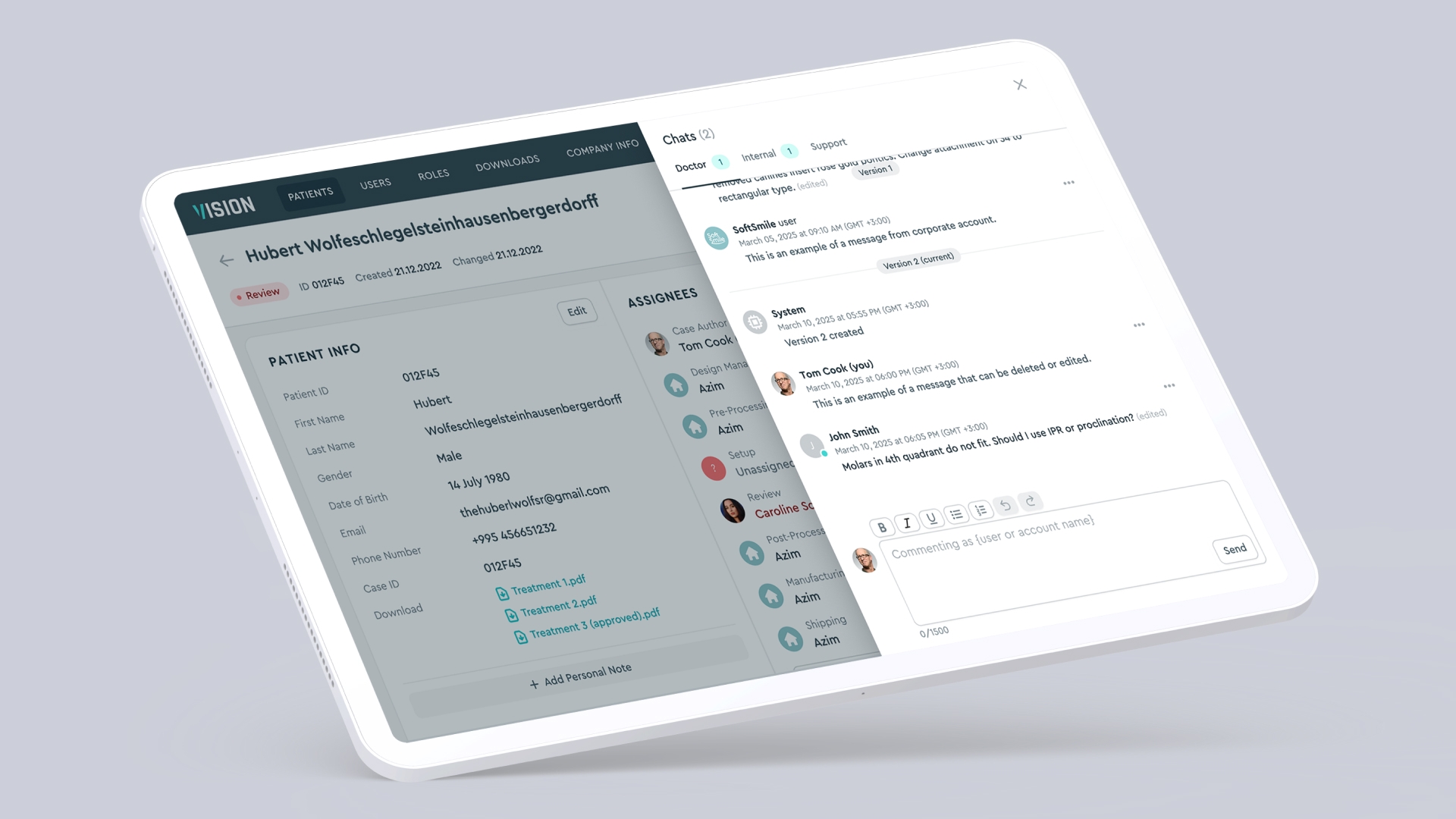
The era of paper charts is becoming quickly outdated. With increased regulation through HIPAA/GDPR compliance, digital workflows are far more advantageous.
You may think this is a change that occurred in the last decade. However, digital practice management extends way beyond organising a clinical diary.
Modern PMS platforms now integrate everything—scheduling, treatment planning, billing, imaging, communication, even analytics. The best systems help to track KPIs in real time, which can be a massive help to independent practice owners.
Convenience is one of the more minor advantages when it comes to digitising your workflow.
When your front desk, clinicians, and treatment coordinators are using the same workflow, things move faster and cleaner. Errors begin to be eliminated. Patient experience improves.
What’s changed in the last year is the level of integration. Many systems now connect with AI diagnostic tools, patient engagement platforms, and inventory management—all in one dashboard.
The daily workflow substantially improves for everyone involved.
4. Dental Group Practices

Independent practices are thriving, but group practices are rapidly growing.
With the rising costs of overheads, it is becoming increasingly difficult for single-handed practice owners to manage. This shift isn’t just about size. It’s about resilience to cope with these overheads.
Group setups can share overheads, pool specialist expertise, and offer a wider range of services under one roof. For patients, this often means better continuity of care. For clinicians, it’s a way to offload business pressures.
Ultimately, having multiple skilled clinicians in one building increases the opportunity for cross-specialty collaboration. This prevents the outflow of patients to other practices.
In many cases, groups are hybrid: a mix of owner-dentists, associates, and specialists working under one shared brand or building. And because they often run on unified systems, decision-making becomes more strategic and scalable.
There’s also the factor of leverage to consider.
Group practices are better positioned to negotiate with suppliers, navigate compliance, and adapt to economic fluctuations—something solo owners are finding increasingly difficult to manage alone.
As the dental landscape becomes more complex, so does the business of running a practice.
Sustainable growth is only possible for clinicians that embrace flexibility and adaptability. Smarter team structures will allow clinics to grow more efficiently, and result in the best outcomes of survival long term.
Digitize and Grow Your Dental Practice With SoftSmile
With all these industry trends, embracing the right software doesn’t just save time—it improves care. The right choice will reduce the administrative burden on yourself as a doctor.
SoftSmile helps practices streamline their workflows, boost accuracy, and deliver better outcomes for both clinicians and patients.
Here’s what you can expect with SoftSmile:
-
AI-powered treatment planning for aligners and orthodontic cases
-
Customisable workflows tailored to your practice needs
-
Cloud-based access for seamless collaboration
-
Precision-driven 3D modeling and simulation tools
-
Faster turnaround from scan to treatment
-
Enhanced patient communication with visual treatment previews
Want to see it in action?
Final Thoughts
The dental industry isn’t standing still. Those that refuse to embrace the upcoming trends will be quickly left behind.
By understanding what patients expect and embracing the tools that meet those needs, we can stay ahead of the curve.
2025 is about future-proofing your practice, and it is becoming increasingly evident that now is the time to take your first steps if you haven’t already.

Dr Sugz Maha
General Dentist

